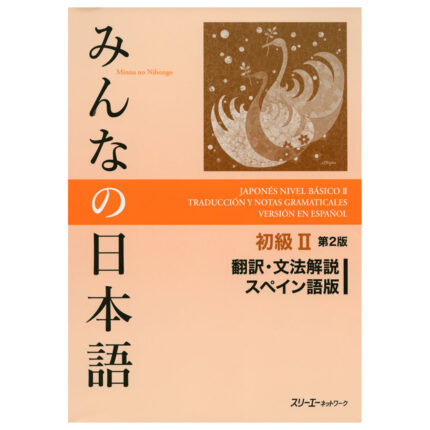
みんなの日本語初級II 第2版 翻訳・文法解説 スペイン語版
ر.س 94,21 السعر الأصلي هو: ر.س 94,21.ر.س 81,97السعر الحالي هو: ر.س 81,97.
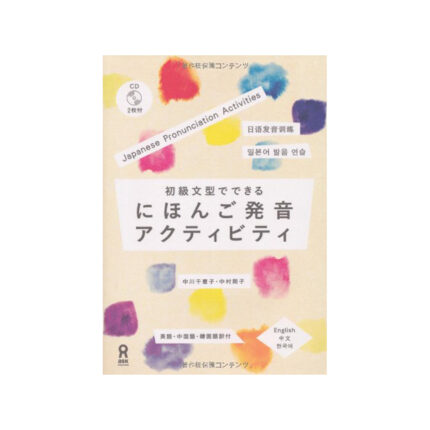
初級文型でできる にほんご発音アクティビティ(CD付) Shoukyuubunkei de Dekiru Nihongo Hatsuon Akutibiti
ر.س 84,79 السعر الأصلي هو: ر.س 84,79.ر.س 73,77السعر الحالي هو: ر.س 73,77.
初級から超級まで STEP式にほんご練習帳 授受表現
ر.س 61,23 السعر الأصلي هو: ر.س 61,23.ر.س 53,28السعر الحالي هو: ر.س 53,28.
لا يمكن شراء أكثر من ٥ قطع أو ٢ بوكس في الطلب الواحد، لشراء المزيد برجاء اضافة طلب جديد.
الأقسام: تعليم اللغة اليابانية, كتب
الوصف
<初級から超級までの、こんな方におすすめです>
*初級の日本語を勉強中で、「あげます」「やります」「もらいます」「くれます」の表す人間関係・使い方がわからない方。
*中級以上の日本語力があるが、「~てあげます」「~てやります」「~てもらいます」「~てくれます」の表す人間関係・使い方がわからない方。
*上級以上の日本語力があるが、もう一度「授受の敬語表現」の復習がしたい方。
*他の日本語文法には自信があるが、「~てあげてもらう」「~てもらってください」「~てあげてくれませんか」のような3人以上の人が関係する授受表現に自信がない方。
*「授受表現」について、すべてを知りたい方。
*ニュアンスの違いを理解して、自然で誤解されない日本語を勉強したい方。
*初級の日本語を勉強中で、「あげます」「やります」「もらいます」「くれます」の表す人間関係・使い方がわからない方。
*中級以上の日本語力があるが、「~てあげます」「~てやります」「~てもらいます」「~てくれます」の表す人間関係・使い方がわからない方。
*上級以上の日本語力があるが、もう一度「授受の敬語表現」の復習がしたい方。
*他の日本語文法には自信があるが、「~てあげてもらう」「~てもらってください」「~てあげてくれませんか」のような3人以上の人が関係する授受表現に自信がない方。
*「授受表現」について、すべてを知りたい方。
*ニュアンスの違いを理解して、自然で誤解されない日本語を勉強したい方。
<STEP1~4の4段階で、自分の力に合ったレベルから、勉強できます>
STEP 1 「あげます・やります」「もらいます」「くれます」
*わかりやすい図で、物の授受の表現方法や、人間関係を理解することを学びます。
*例文や練習問題は、初級の人にでもわかるように、「わかちがき」で書いてあります。
*例文や練習問題は、初級で使う漢字だけを使いました。
STEP 2 「~て あげます・~て やります」「~て もらいます」「~て くれます」
*わかりやすい絵で、行為のやりとりの表現方法や、人間関係を理解することを学びます。
STEP 3 「さしあげる」「いただく」「くださる」
*授受の敬語のシステムが、わかりやすく説明してあります。
*人間関係をスム―ズにするための敬語表現が身につきます。
STEP 4 たくさんの人が関係する授受表現
*3人以上の人が関係する授受表現を、絵で説明してあります。
*文の意味を深く理解する練習ができます。
*「教えてください」「教えてやってください」「教えてあげてくださいませんか」のような、微妙な違いがわかり、それぞれのニュアンスを理解することができます。
<「コラム」で比較できます>
*コラム(column)では、「~ていただけます」「~ていただけますか」のような、間違えやすいフレーズが説明してあります。
<豊富な練習問題があります>
*たくさんの種類の問題をしていくうちに自然に「授受表現」の使い方・意味の違いを覚えることができます。
*ひとつひとつ手で書く形式の問題が多いので、確実に「授受表現」を覚えることができます。
*丁寧に書き込んでください。書くときには必ず声を出しながら、書き込みましょう。目と耳と手を使ってしっかりと覚えてください。
<全部の説明文・例文には、英語の翻訳が付いています>
*この本の英訳は、元の日本語がわかるように直訳してあるので、自然な英語ではありません。
*この本の「he」は「she、they」も表しています。
<This book is recommended for beginners to highly advanced level students>
*For beginners who do not understand the usage of words like「agemasu」,「yarimasu」,「moraimasu」 and 「kuremasu」 or what they indicate about the relationships between the speakers.
*For students who have mid level and above Japanese ability but do not understand the usage of phrases like「~te agemasu」,「~te yarimasu」,「~te moraimasu」,「~te kuremasu」 or what they indicate about the relationships between the speakers.
*For students with advanced or higher Japanese language abilities but who want to review polite language in Giving and Receiving phrases.
*For students who are confident about other aspects of Japanese grammar but have no confidence regarding what phrases like 「~te agetemorau」, 「~te moratte kudasai」,「~te agete kuremasen ka」 show about the relationships between three or more people.
*For students who want to know all about Giving and Receiving phrases.
*And for students who want to study how to speak natural Japanese without causing misunderstandings by truly understanding the differences in nuance.
<You can study at a level determined by your own ability from STEPS 1 through 4>
*STEP 1 「agemasu・yarimasu」 「moraimasu」 「kuremasu」
*You can learn expressions for giving and receiving things and understand the relationships between the people in a fun way by looking at easy to understand diagrams.
*The example sentences and problems are written with spaces (“wakachigaki”) so that even beginners can understand them.
*Only beginners level Kanji are used for the example sentences and problems.
STEP 2 「〜te agemasu・〜te yarimasu」 「〜te moraimasu」 「〜te kuremasu」
*You can learn expressions for doing things for other people as well as understand the relationships between the people in a fun way by looking at easy to understand pictures.
STEP 3 「sashiageru」 「itadaku」 「kudasaru」
*The Giving and Receiving polite language system is explained in a simple to understand way.
*You can learn how to make polite expressions to make relationships between people run smoothly.
STEP 4 Giving and Receiving Expressions Relating to Many People
*The Giving and Receiving expressions showing the relationships between three or more people are explained with pictures.
*You can practice understanding the deep meaning of sentences.
*You can understand the subtle differences between 「oshiete kudasai」, 「oshiete yatte kudasai」, and 「oshiete agete kudasaimasenka」 .
<You can do many practice problems>
*While you are doing the various problems you will naturally learn the usage of Giving and Receiving expressions and the difference in their meanings.
*You will be able to properly learn Giving and Receiving verbs by the many problems that should be written out by hand.
*Please write them out carefully. Be sure to sound them out as you write. Using your eyes, ears, and hands to learn.
<English translations are provided for the explanations and example sentences>
*The English is a direct translation in order to understand the Japanese and may not be natural English.
*Japanese sentences often do not include pronouns, so the word “he” is used for both “she” and “they.”
مراجعات (0)
كن أول من يقيم “初級から超級まで STEP式にほんご練習帳 授受表現” إلغاء الرد
يجب عليك تسجيل الدخول لنشر مراجعة.





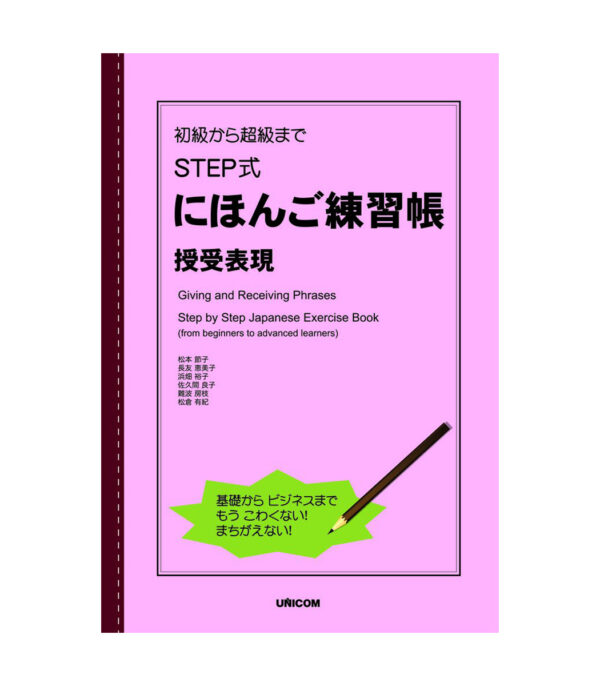
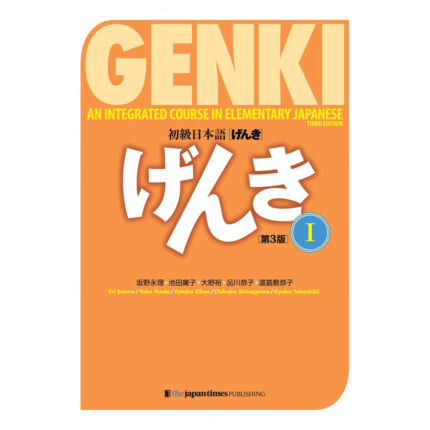
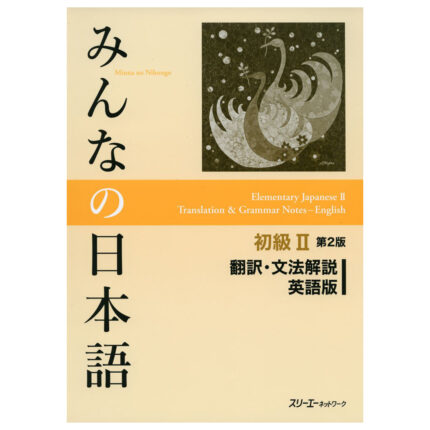
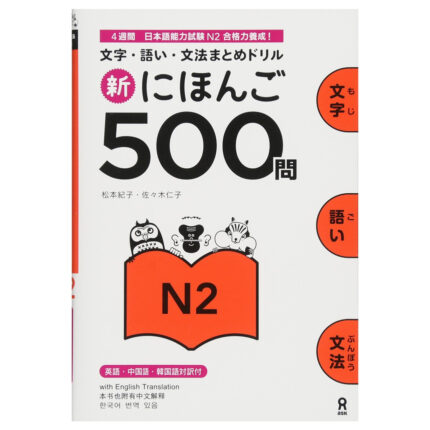
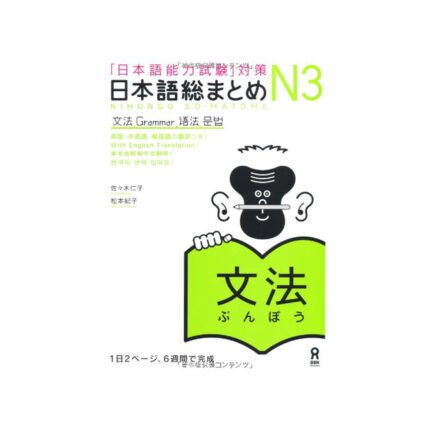
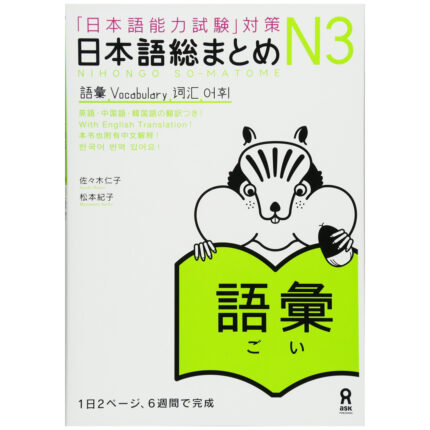
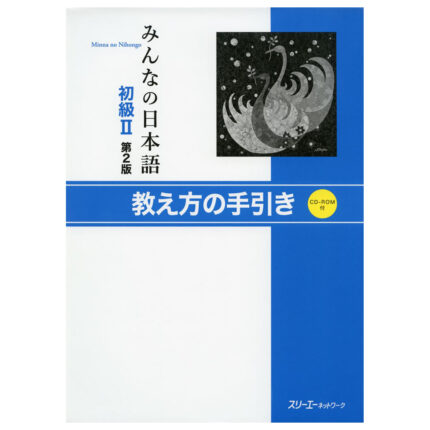
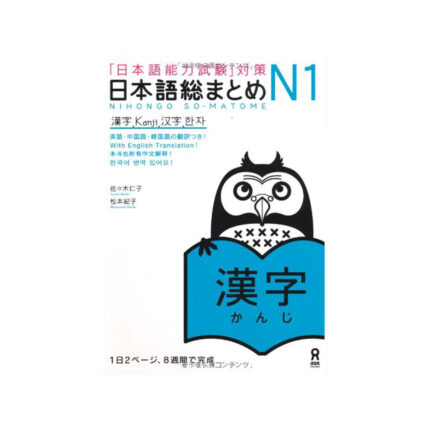
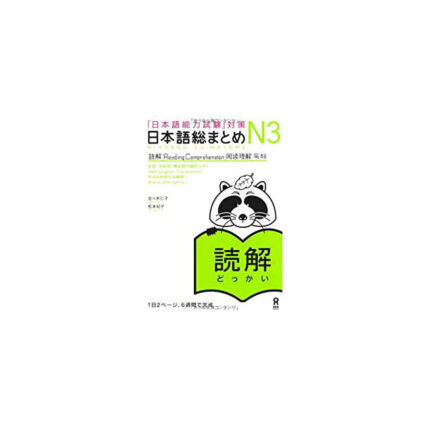
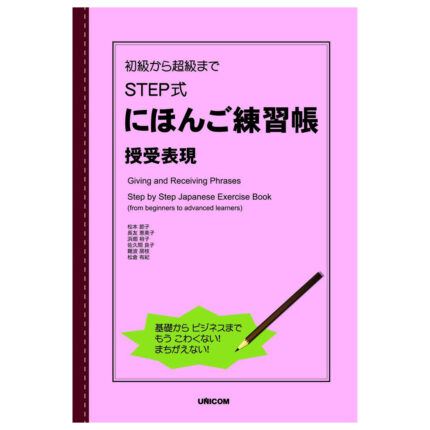
المراجعات
لا توجد مراجعات بعد.